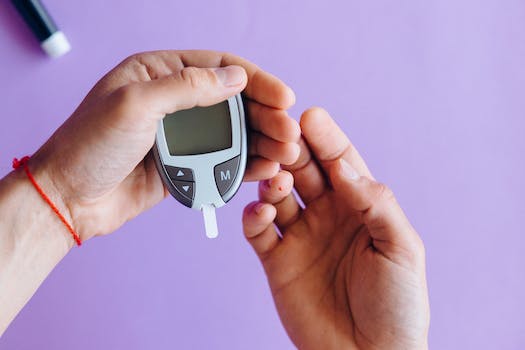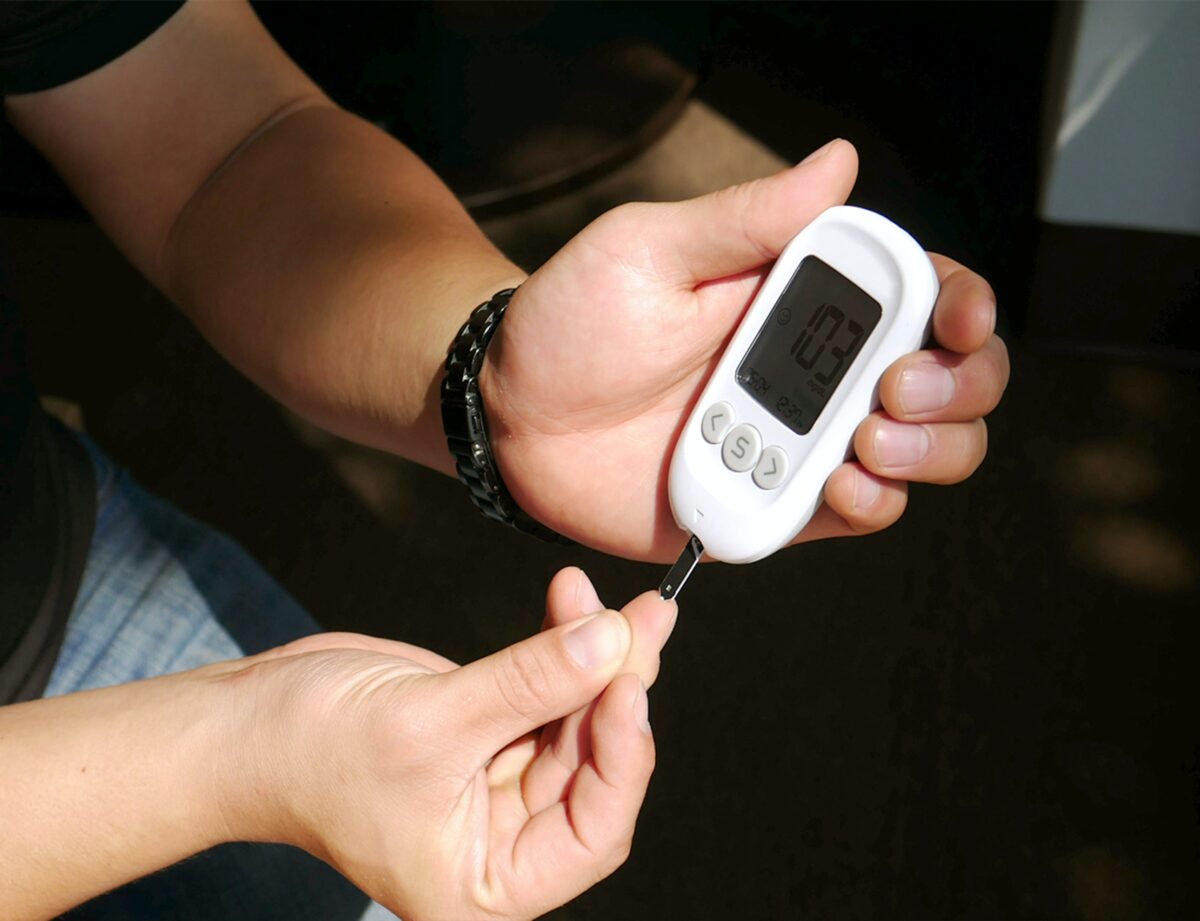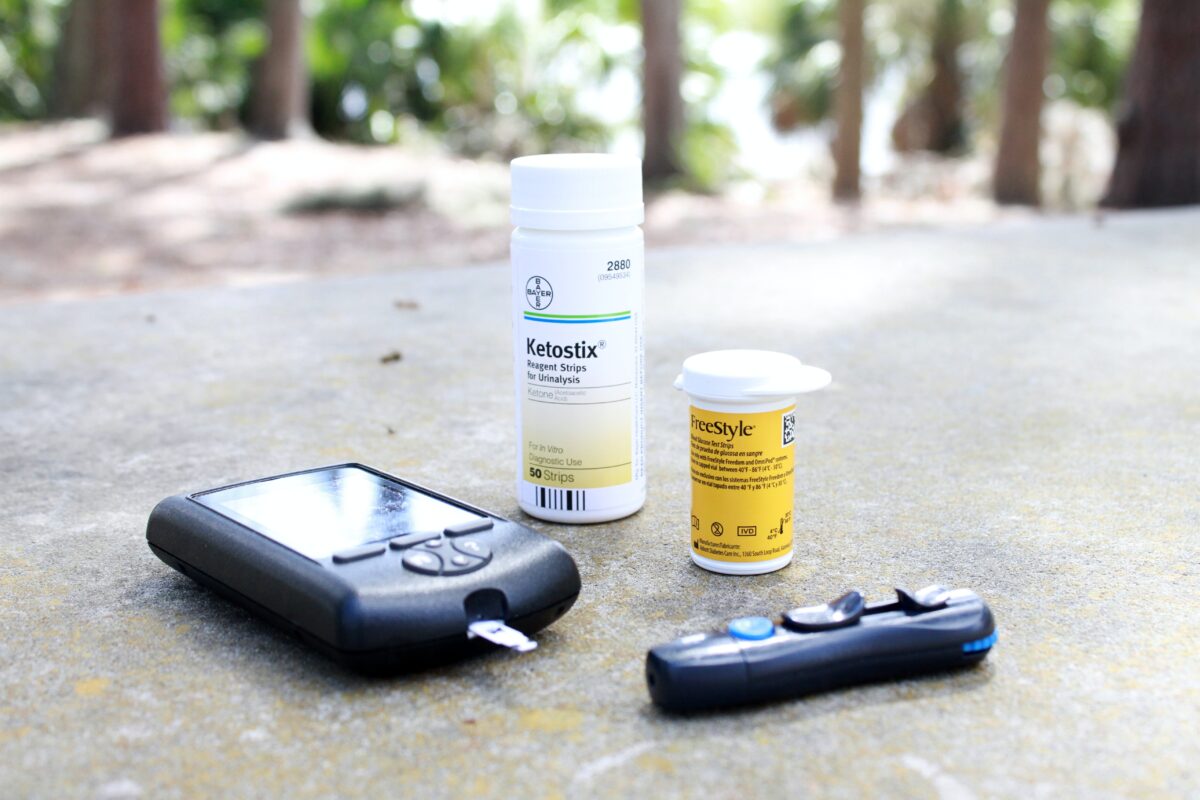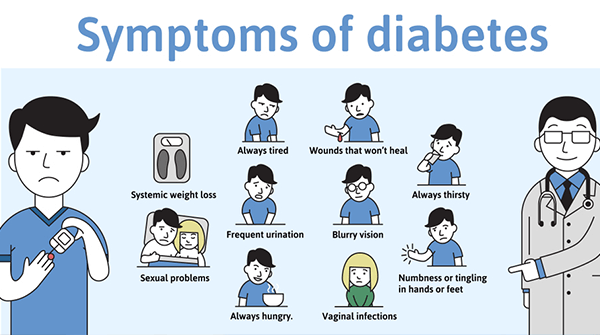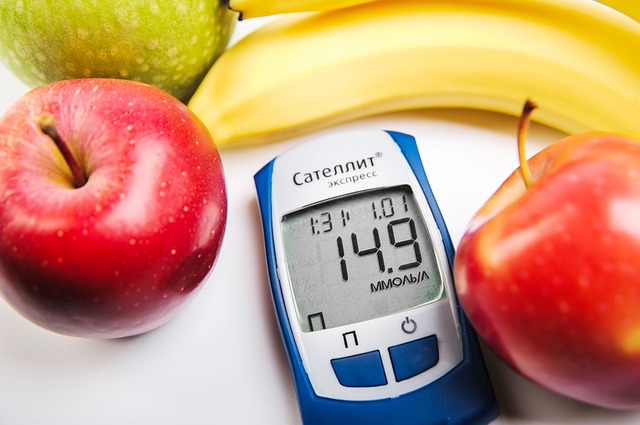Anyone with diabetes knows the adverse effects that sugar has on their disease. Managing diabetes is a 24/7 task, but some have a more difficult time of accomplishing that than others. If so, you may have a sugar addiction and be sabotaging your efforts to manage diabetes without realizing it,
More Addictive Than Drugs
Research has revealed that a sugar addiction is more powerful than that of opioid drugs or cocaine. It affects the reward centers of the brain. Over time, sugar changes the way the brain functions, affects cognitive abilities, and impacts mood and mental health.
Withdrawal Symptoms
Cutting sugar intake produces withdrawal symptoms. When you’re diagnosed with diabetes, one of the first things you’re told is to be wary of anything containing sugar. Attempting to minimize the amount of sugar in your diet results in symptoms of withdrawal, but few recognize them or the detrimental cycle that can be created. It can result in binging and cravings
Diabetes and Mental Health
Consuming sweet treats gives you a sugar rush and makes you feel good. That’s in stark contrast to the fear and depression that often accompanies a diabetes diagnosis. It’s a natural reaction to seek comfort food, but many of those choices contain the very substance you’re trying to minimize. Healthier choices don’t provide the same feelings, which often result in depression and even behavioral problems. It’s a vicious cycle that’s difficult to break.
Unconscious Sabotage
Giving up sweets is only half the battle. Unfortunately, many of the alternatives that people turn to are high in carbohydrates, which is another form of sugar. They include foods such as bread, pasta and potatoes. Even healthy fruits can contain a significant amount of carbs.
No Easy Solution
Sugar in any form provides energy for the body. Too much results in weight gain and makes diabetes much more difficult to manage. However, knowing the addictive power of sugar, the effect it has on the brain, and the way it affects blood glucose levels provides you with important information to help make informed decisions about your disease.
We Buy Unused Diabetic Test Strips and Supplies
If you would like to find out about earning cash for your unwanted, unused, and boxed test strips, complete our online quote form today.
If you have extra, unopened and unused boxes of diabetic test strips – whether you have switched brands, no longer need to test or test less frequently, or have a loved one who has passed away – don’t let them gather dust until they’ve expired and end up in the trash. We’re the best place to sell diabetic test strips online, and if you want to sell your test strips, we’re here to make the process easy and enjoyable!
Visit us at Sell Your Test Strips and get your free quote today!

